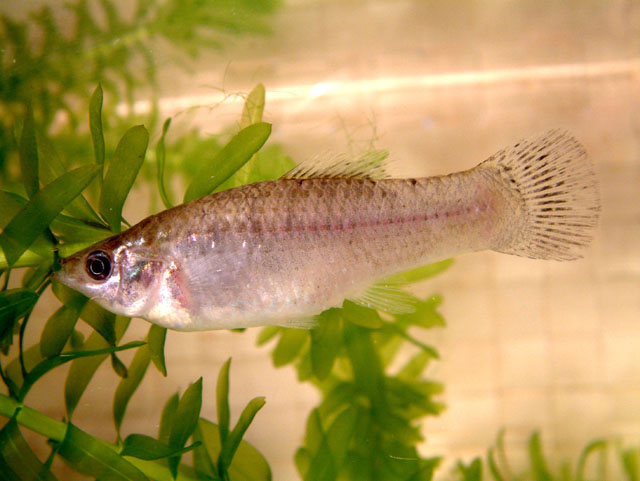| Poeciliidae (Poeciliids), subfamily: Poeciliinae |
| 9.6 cm TL (male/unsexed) |
|
benthopelagic; freshwater; brackish, non-migratory |
| North America: lower Nueces River (where possibly introduced) and lower Rio Grande, extreme southern Texas, to Veracruz in Mexico. Introduced populations at San Antonio and San Marcos, Texas. |
|
Dorsal spines (total): 0-0; Dorsal soft rays (total): 10-12. Similar to females of P. latipinna but lacks rows of brown spots on side (may have row of dusky black spots). |
| In backwaters and quiet pools of streams, sloughs, and ditches, usually over mud. This is an all-female species thought to have originated as a result of hybridization between P. latipinna and P. sphenops. Gynogenesis reproduction is triggered by copulation and stimulation by sperm from males of other species in the genus, either P. latipinna, P. mexicana, P. latipunctata, or rarely P. sphenops. |
|
Least Concern (LC); Date assessed: 26 February 2019 Ref. (130435)
|
| harmless |
Source and more info: www.fishbase.org. For personal, classroom, and other internal use only. Not for publication.
